The History of Ensoniq: American Giants
Relive the glory days of the digital '90s.
From sampling to wavetables, the history of Ensoniq is an exciting if under-appreciated chapter of American synthesizer lore. Find out how it became one of the most progressive synth companies of the 1980s and 1990s.
The History of Ensoniq
Digital synthesis developed in leaps and bounds in the 1980s. Companies like Yamaha, Waldorf, and Casio all pioneered different varieties of digital synths before Korg hit it big with the M1 in 1988. By combining sample synthesis with a sequencer, it captured the music-making public in a way that no one had before. Given its popularity, you’d think it was the first company to do this, but the upstart American company Ensoniq actually got there ahead of Korg.
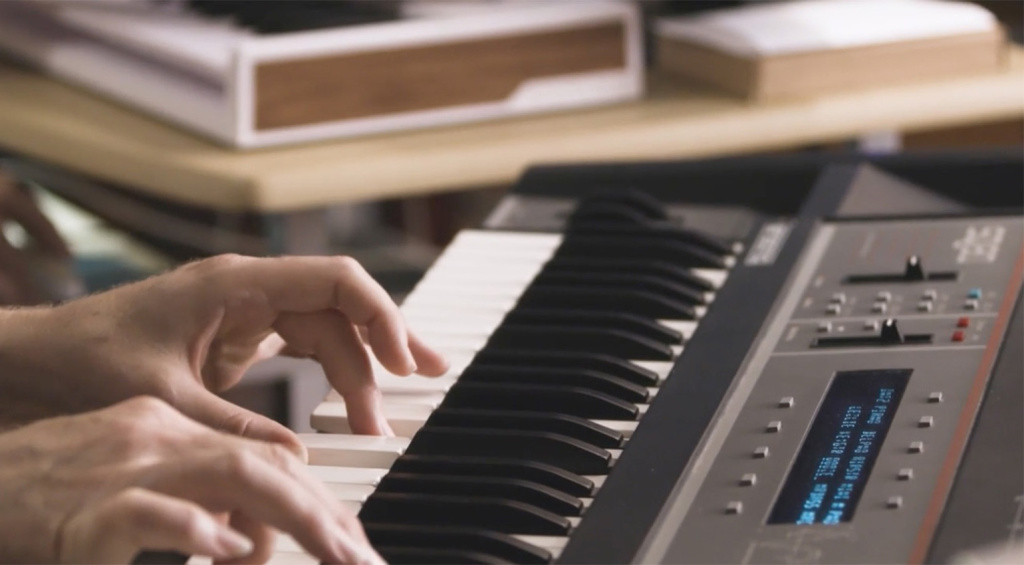
This is the history of Ensoniq, a team of engineers that started by releasing the first affordable sampler and went on to hit some pretty big digital heights, including an advanced form of wavetable synthesis and another sampler that remains highly sought after today.
Some of the products mentioned in this story are available at Thomann*.
The History of Ensoniq: Mirage
In the early 1980s, a team of engineers from MOS Technology, the company responsible for the microprocessors in the Commodore 64 computer, left to form its own enterprise. First calling itself Peripheral Visions and then Ensoniq, the group took what it had learned making the SID chip (among other proprietary designs) and developed the DOC, or Digital Oscillator Chip, with the intention of making a digital synthesizer.
To secure the funds necessary for R&D, Ensoniq decided to first release a sampler. Called Mirage, the 1985 instrument was the first affordable sampler on the market, beating out the next cheapest, E-mu’s Emulator, by thousands of dollars. (This rivalry with E-mu would continue throughout its lifetime, with the two American outfits eventually being united under one roof through acquisitions.)
The Mirage, which was available in both keyboard and rackmount versions, gave users 8-bit sound and a variable sample rate that maxed out at 33kHz. This, plus the inclusion of an analog resonant Curtis CEM 3328 24dB/Oct lowpass filter, gave it a warm and crunchy sound. The Mirage stayed in production until 1988 and was used by Jimmy Jam and Terry Lewis, as well as the Bomb Squad and Public Enemy.
Although there aren’t many plugins that recreate the sampling sound of the Mirage, Rhythmic Robot Audio offers a Kontakt instrument called Sahara that contains samples of the full factory library.


The History of Ensoniq: ESQ-1
In 1986, Ensoniq was finally able to release its intended synthesizer. Called ESQ-1, it made use of its proprietary 5503 Digital Oscillator Chip to house 32 single-cycle samples of various waveforms, ranging from analog to samples of acoustic instruments. With eight voices of polyphony and three oscillators per voice, it had a full and rich sound, with oscillator sync and ring modulator on hand as well. As with the Mirage, the ESQ-1 had analog resonant lowpass filters, giving it a unique hybrid architecture. This hybrid digital/analog structure continued with the amplifier, with three digitally-controlled DCAs (one per oscillator) and an analog one at the output. Three LFOs rounded out the modulation capabilities.
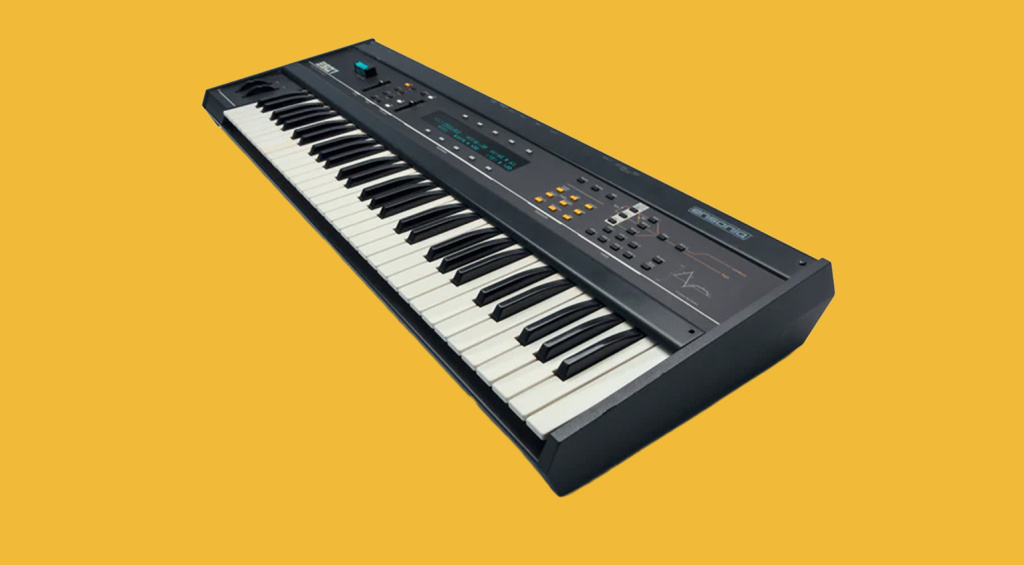
Interestingly, the ESQ-1 also included a sequencer, making it one of the first workstations. With eight tracks, you could control any of the internal or cartridge sounds or even use it to sequence external instruments.
There are no plugin emulations of the ESQ-1 that I know of, but there are sample instruments. LFO Audio makes a sample-based plugin called Ensoniq ESQ-1, while Pure Magnetik has Esqone, a sample library.
The History of Ensoniq: SQ-80
Two years later, in 1988, Ensoniq unveiled the SQ-80, an update of the ESQ-1 and rightly considered a classic of 1980s digital synthesizers. It kept the synthesis architecture of the ESQ-1 but added 43 additional waveforms, including five drum kits. It also featured a keyboard capable of both channel and polyphonic aftertouch.
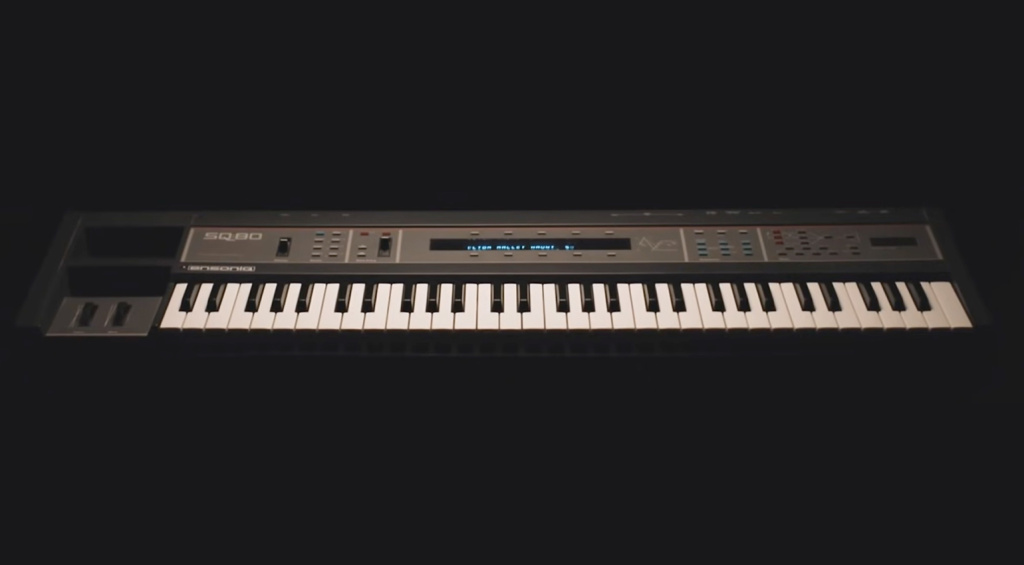
If you can’t get your hands on a vintage SQ-80 (or can’t be bothered with hardware), Arturia makes an excellent emulation. Called SQ80 V, it models the 8-bit 5503 DOC chip and Curtis analog filter, plus adds a selection of ‘hacked’ ESQ-1 and SQ-80 waves and Transwaves from Ensoniq’s later VFX series of synths.

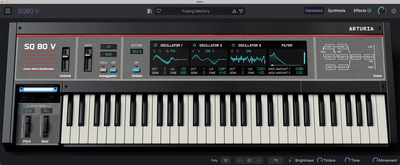
The History of Ensoniq: ASR-10
Although Ensoniq kept developing digital synths, it hadn’t abandoned samplers, releasing the EPS in 1988 and then the ultra-popular ASR-10 in 1992. Affordable and powerful, the ASR-10 was available in standard, 88-key, and rackmount editions and gave Akai a real run for its money with 31-voice polyphony, 16-bit samples, and 29.7619kHz or 44.1kHz sample rates.
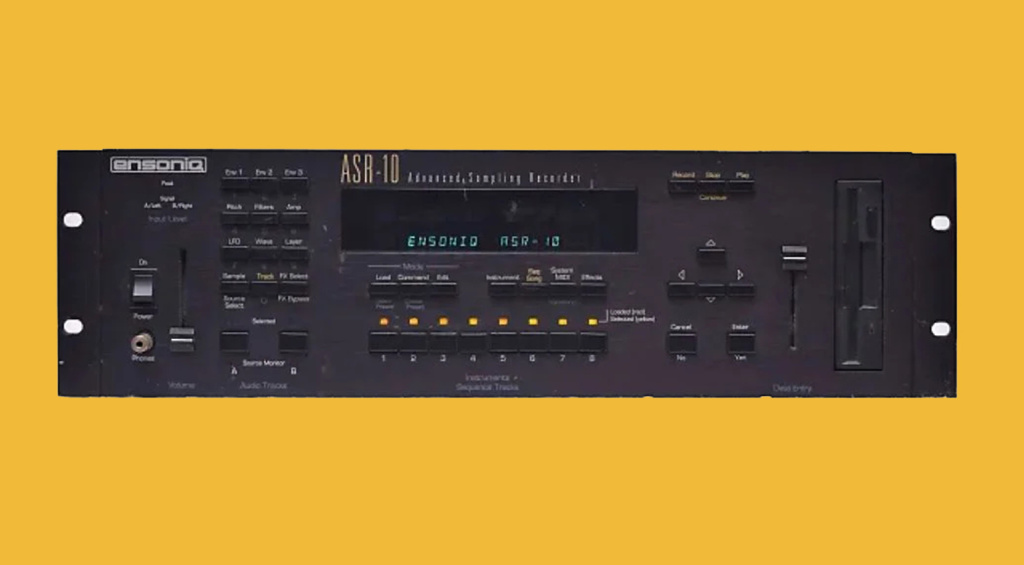
Why was it so popular? More than just a simple sampler, it was a sampling workstation, offering a 16-track sequencer plus a comprehensive onboard effects section that was later broken out into a separate product, the Daft Punk-loving 24-bit DP/4.
The ASR-10 is probably best known for its use by hip-hop producers like the Neptunes, J Dilla, and Kanye West, but it also got love from groups as varied as Autechre, Blur, and Holger Czukay.
Sadly, there’s no plugin emulation that I know of, but Past To Future Reverbs does sell an ASR-10 Sampler Plugin Extension for the Neural Amp Modeler.
The History of Ensoniq: Fizmo
Ensoniq continued releasing digital synthesizers and samplers throughout the ‘90s, largely staying in the workstation lane that it helped pioneer in the 1980s. In 1998, however, it released the Fizmo, an unusual and extremely polarizing synthesizer that would be its last instrument of any note. This happened just when it was being acquired by Creative Technology and merged with E-mu.
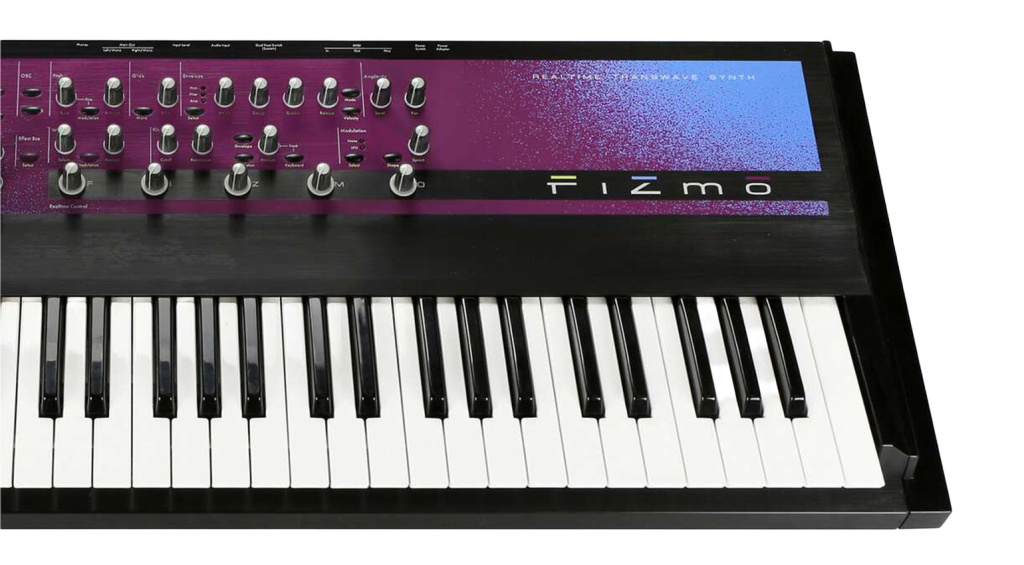
The Fizmo is a weirdo through and through. From its purple and blue splatter color scheme to its artifact-riddled wavetable sound, you either love it or you hate it. For those who love it, there’s a lot to love. It features 48 voices, with four layers of sounds, each with two second-generation Transwave wavetable oscillators and digital filters, as well as three separate 24-bit effects units.
Out of step with the virtual analog late ‘90s, hobbled by a user interface reliant on a computer connection to access additional parameters, and a focus on odd sound design that makes dialing in bread-and-butter sounds difficult, the Fizmo was doomed from the start. However, for ambient musicians or fans of unusual synthesizers, it’s something of a holy grail.
If any instrument in this article deserves a deep emulation, it’s the Fizmo. Sadly, none have been attempted to any real degree, but there are some alternatives, including the TranzWave Kontakt instrument from Echograin and a free sample pack from SampleRobot.


More Information
*Note: This article contains advertising links that help us pay for this site. Don’t worry: the price for you will always be the same! If you buy something through these links, we will receive a small commission. Thank you for your support!
10 responses to “The History of Ensoniq: American Giants”


 4,3 / 5,0 |
4,3 / 5,0 | 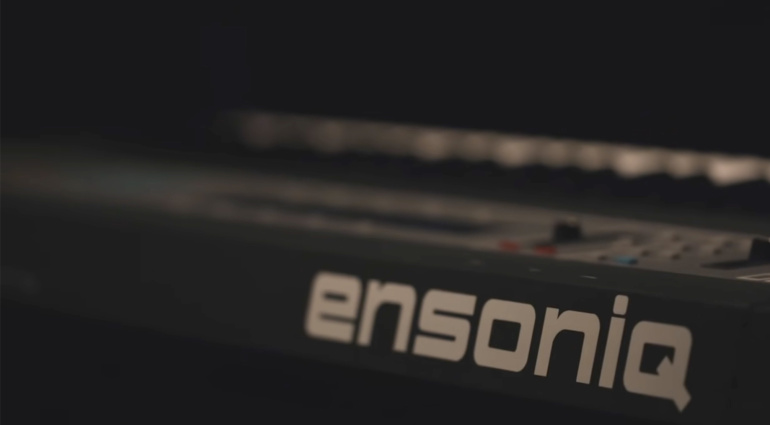


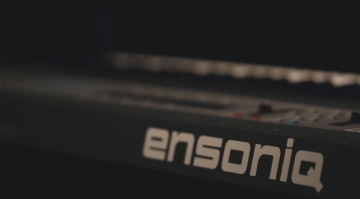

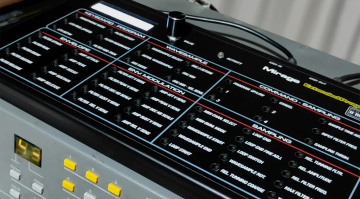

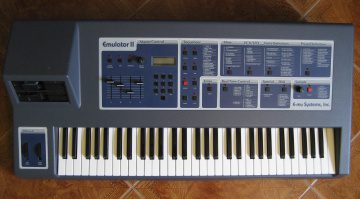
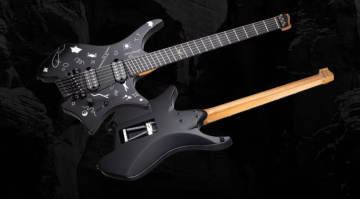
How can you talk about ensoniq without mentioning the EPS16 or Dp4? 🤷🏼♂️
They were mentioned in passing.
it would be nice if Ensoniq came out with a new keyboard. when the dx7 came out, I went and purchased an ESQ1. I’d buy it in a heart beat
Is DCA supposed to be DAC? Because otherwise, I have no idea what a DCA is. (From the ESQ-1 section: “This hybrid digital/analog structure continued with the amplifier, with three digitally-controlled DCAs (one per oscillator) and an analog one at the output.”
A DCA is a Digitally Controlled Amplifier.
So here’s the real question: Is their name supposed to be pronounced “Ensonic”, or “Ensoneek”?
EPS 16 and EPS 16+….. wow, how could you forget that? SMDH
Thank you for covering some of the incredible designs by Ensoniq. Magic is truly timeless.
I have a 32 voice SD-1. It’s a thing that I don’t use but as long as there is space in the closet I just can’t bring myself to sell. It sounds fab! When I look at 2nd hand prices on the Fizmo it does make me wonder why someone hasn’t tried to revive the brand.
Thanks for the article. We still get a kick out of people valuing that work long ago. It’s hard to imagine now, but sequencing was just entering popular use. Our “workstation” keyboards almost founded the idea of making a two-bar loop and riffing over it. Ableton Live was far in the future. Though I think Kanye is still using his ASR 🙂
You are currently viewing a placeholder content from Facebook. To access the actual content, click the button below. Please note that doing so will share data with third-party providers.
More InformationYou are currently viewing a placeholder content from Instagram. To access the actual content, click the button below. Please note that doing so will share data with third-party providers.
More InformationYou are currently viewing a placeholder content from X. To access the actual content, click the button below. Please note that doing so will share data with third-party providers.
More Information